Even when the outside temperatures are high, water temperatures in the Thurston County area can be cold enough to overwhelm even the strongest swimmer. Sadly, SETFA responds to preventable drownings every year.
If you plan to be in or near water this summer, follow these recommendations:
Learn to swim, including water safety and survival skills — To enjoy the water safely, learn swim strokes, water safety, survival skills, and becoming comfortable in the water.
Wear a life jacket — Always wear a U.S. Coast Guard approved life jacket when boating, tubing, rafting, swimming or other activities in or on lakes, rivers, salt water, or pools without a lifeguard.
Swim where there is a lifeguard — Swim in areas with lifeguards when possible. Wear a life jacket while swimming in unguarded waters or until the guards start their service.
Supervise children in or near water — Always provide close and constant attention to children you are supervising in or near water. Stay within touching distance of young children at all times.
Do not use alcohol or drugs during water activities — Never use alcohol or other impairing drugs during water and boating activities or while supervising children around the water. Alcohol affects balance, coordination, and judgement. Exposure to sun and heat worsen these effects.
Learn first aid and CPR — Learn first aid and CPR. Seconds count—the more quickly lifesaving CPR is started, the better the chances of recovery. Dial 911 in an emergency.

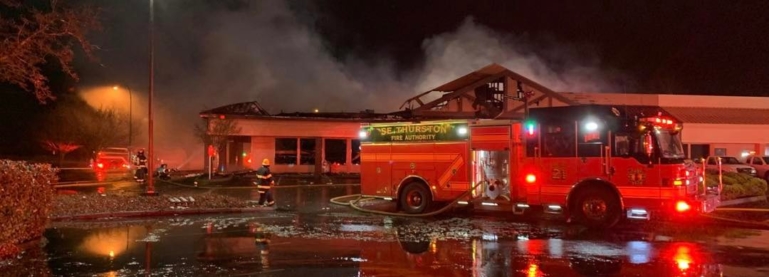
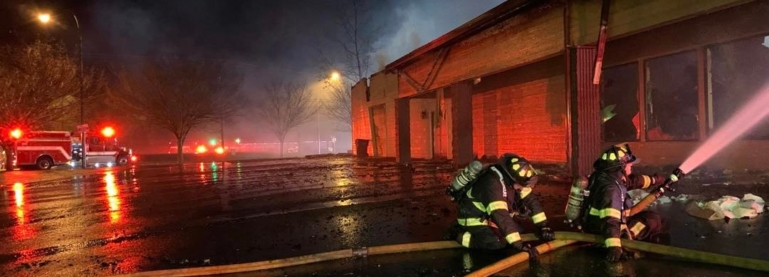
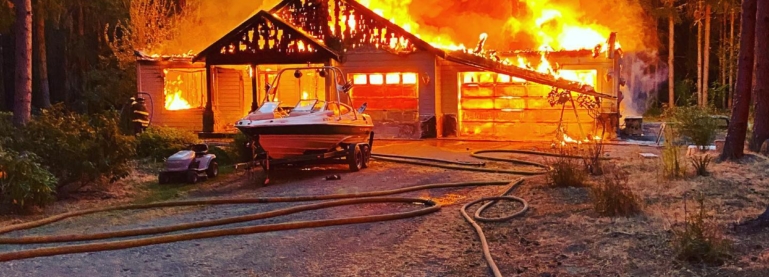

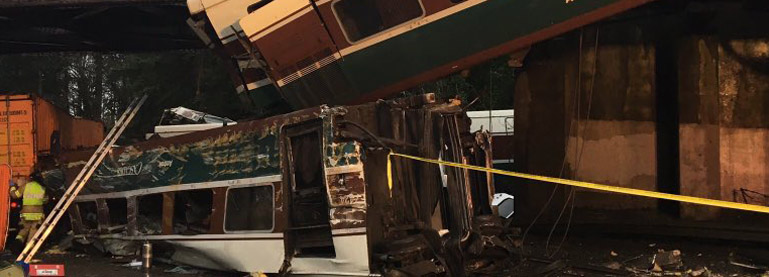
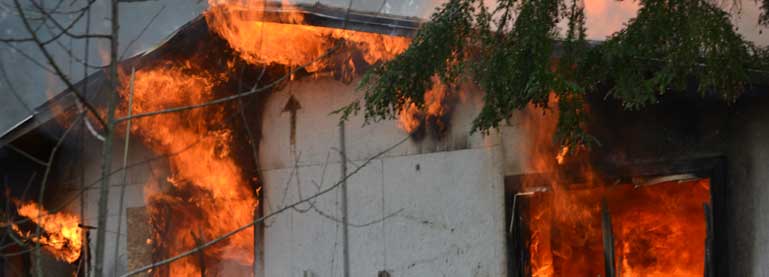
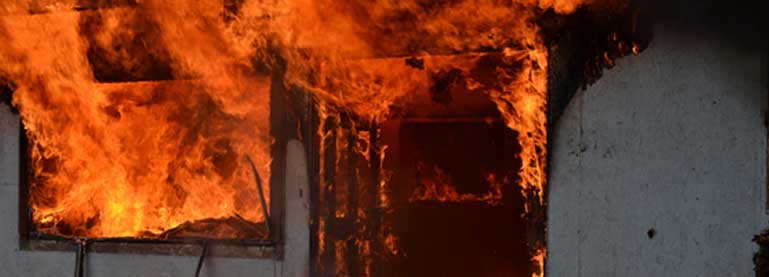
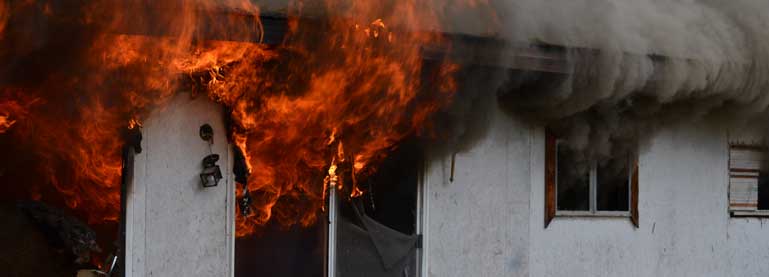
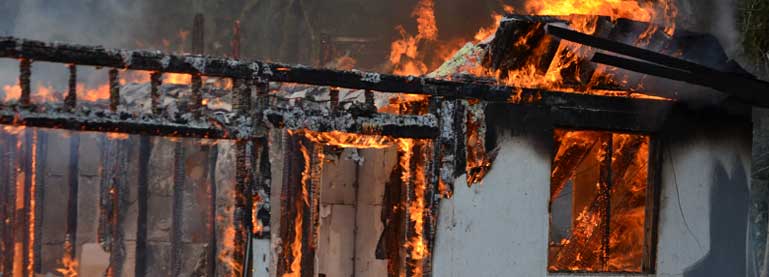
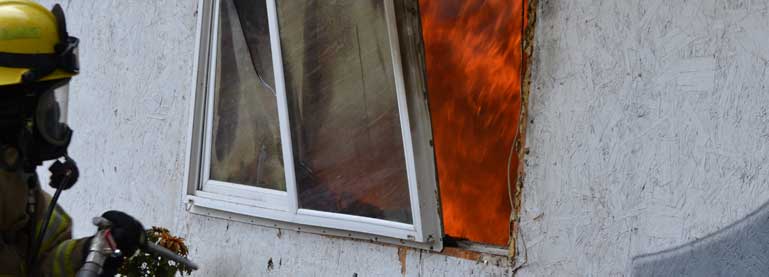
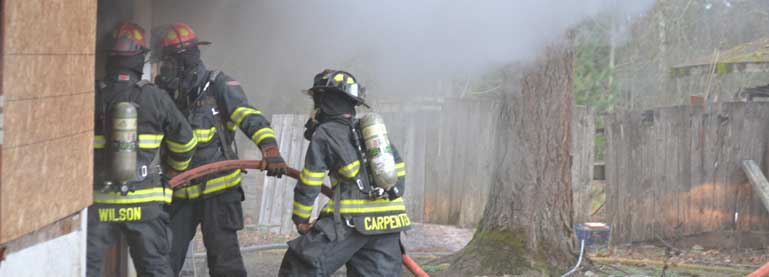
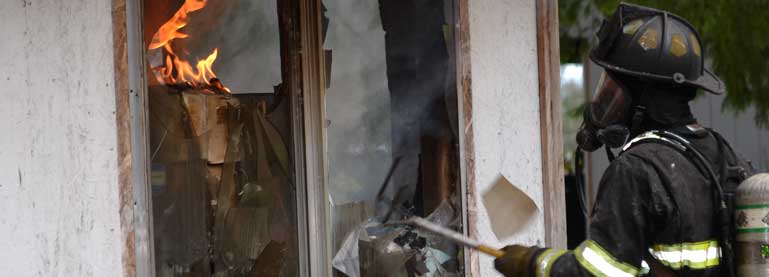
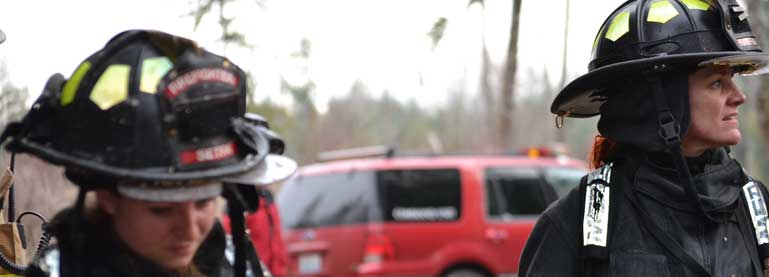
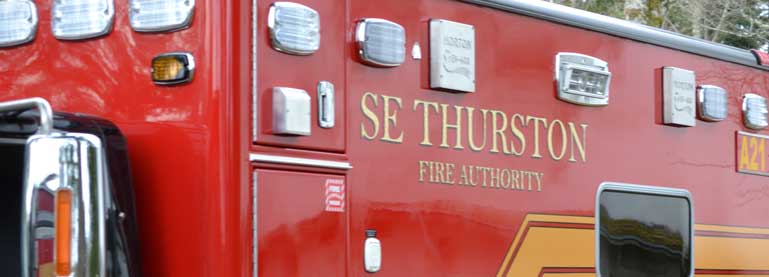

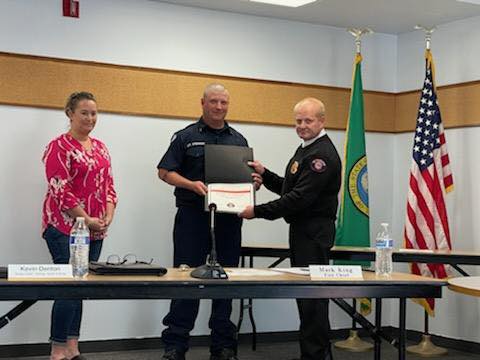 At this weeks board of commissioners meeting we formally celebrated a landmark accomplishment of a promotion. Congratulations to S.E. Thurston Fire Authority Dan Stewart on his promotion to Lieutenant! Lieutenant Stewart’s wife had the honor of pinning his badge. Thank you for your years of service and service to the community!
At this weeks board of commissioners meeting we formally celebrated a landmark accomplishment of a promotion. Congratulations to S.E. Thurston Fire Authority Dan Stewart on his promotion to Lieutenant! Lieutenant Stewart’s wife had the honor of pinning his badge. Thank you for your years of service and service to the community!